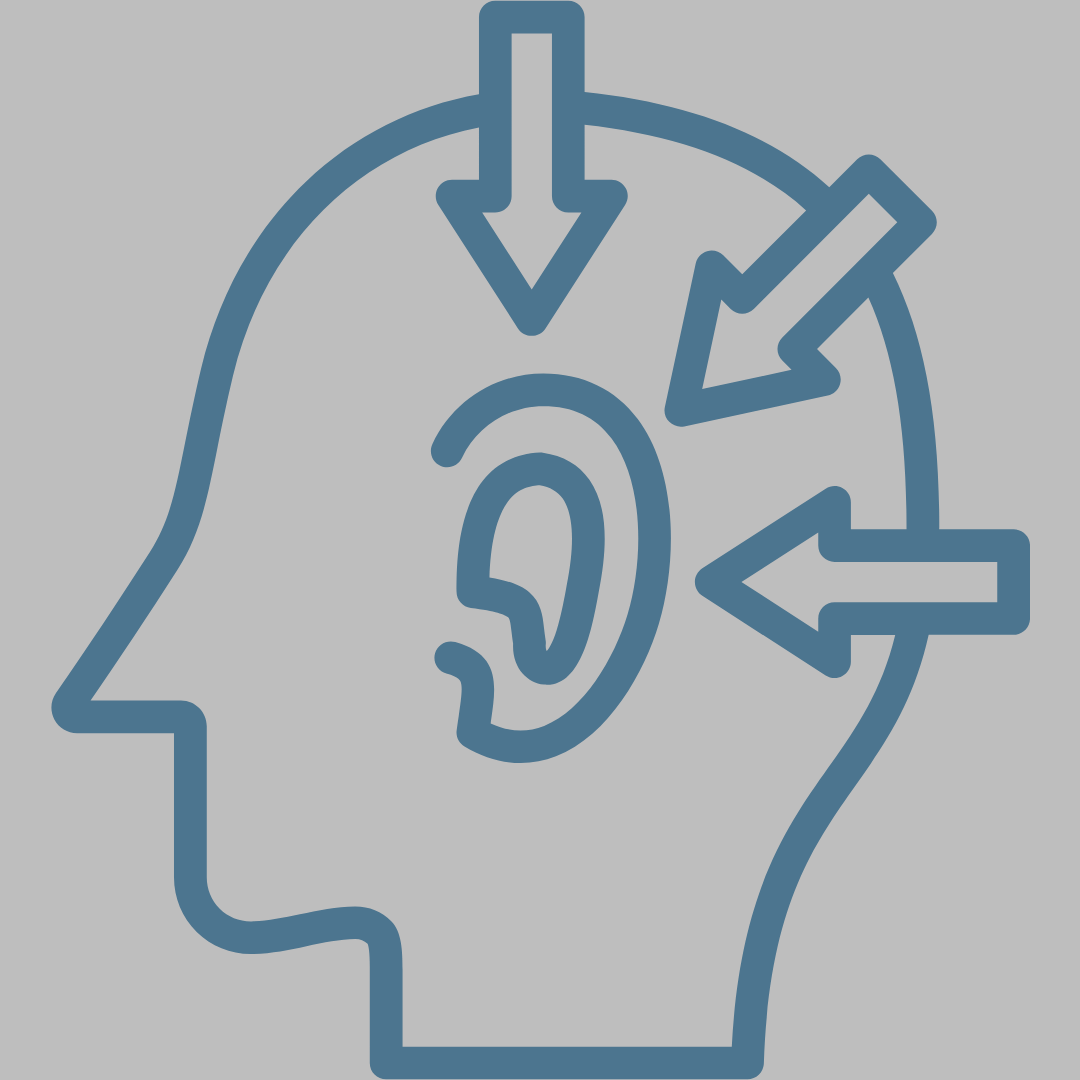
Self awareness tools to help you engage.
Reflection starts with you.
"Do nothing out of selfish ambition or vain conceit. Rather, in humility value others above yourselves… In your relationships with one another, have the same mindset as Christ Jesus.”
-Philippians 2:3–5
"Be joyful in hope, patient in affliction, faithful in prayer." -Romans 12:12
"Be joyful in hope, patient in affliction, faithful in prayer." -Romans 12:12
Developing your interpersonal skills will help equip you to engage authentically and meaningfully. It lays the foundations for sharing the gospel without anger, judgment, hypocrisy or taking things personally.
When you understand what triggers you and where your weaknesses are, you gain a better ability to regulate and control your emotions so that you may speak with grace and humility. This awareness helps you listen actively, remain patient in disagreements, and mirror Christ’s compassion.
SELF AWARENESS + REFLECTION
see clearer, grow deeper, connect more authentically
Self-awareness is the mirror reflecting the real you —the good, the bad and the beautiful. It allows you to see your emotions, your values, what drives your actions, it reveals your strengths and how you are perceived by others.
Self-reflection goes deeper. It’s the intentional act of you asking yourself “why?” and “what now?”—exploring the inner motivations behind your actions and how you can become better. This deeper questioning allows you to make different choices and turn your awareness into purposeful and authentic connection. (And give you things to repent and pray about!)
Here are some ways to begin exploring self awareness and personal reflection. Ask yourself the following:
What are my emotional triggers and how do I tend to respond to them?
Example: “I felt defensive when interrupted and I noticed I raised by voice.”
Ask yourself why: “Was I feeling disrespected or unheard? How can I respond more calmly next time?”
What emotions come up for me? Take note of them.
What is my tone like?
What might my body language be conveying?
EMOTIONAL CONTROL
feelings don’t have to dictate your response
Emotional intelligence has a powerful effect on your day-to-day life. By embracing awareness and reflecting with purpose, you have an opportunity to create a space for meaningful connection in all situations that bring rises to all types of emotions.
You are responsible for your own emotions and how you respond to situations.
Here are some tips for managing your emotions:
Anticipate your triggers and don’t be caught of guard by them.
Be aware of what emotions come up for you and rephrase how you you talk about it. By separating the emotional stimulus from your action, it allows you to make a different choice about how you respond.
Example: Say, “I’m feeling ____(mad)____” instead of “I am ___(mad)____.”
The nuance here is talking about WHAT your feeling versus WHAT you are. You are feeling mad, but what you are is a redeemed child of God who can offer compassion, patience, and kindness.
Be quick to listen and slow to speak. James 1:19-20
Be cautious on assuming how others feel. What makes you feel a certain way (happy, sad, angry, etc.) may not elicit the same response from someone else.
Best way to avoid this is by simply asking: “How does that make you feel?”
Get comfortable being uncomfortable.
A little bit of dead air or silence is ok. Give yourself and them time to think and respond.
THE ART OF ACTIVE LISTENING
develop a discerning and understanding ear
Active listening is the ability to put understanding ahead of judgement, patience before a response and empathy in replace of assumptions so that others feel validated, understood and heard. Your goal is to 1) learn what their position is and 2) seek to understand why they are saying it. This skill goes beyond simply hearing words, it also requires engaged body language, selective and controlled responses, and an intent to make the other person feel valued and understood.
It’s easy to do this when you agree with the other person! But when you’re not in alignment or agreement, this skill will require intentional application and emotional awareness on your part.
Here is how you achieve active listening:
Pay full attention and avoid interruptions
Eliminate distraction, make eye contact, quiet your mind from thoughts or judgements
Observe their body language and non-verbal cues
Let the speaker finish their thought, especially those take some time to formulate their response
Clarify, reflect and show empathy
Ask clarifying questions. Most people don’t say what they mean in their first attempt. It’s up to you to help go deeper and get closer to the root of the issue. Ex: “Could you tell me what you mean by…”
Be inquisitive and ask open ended questions. Don’t make assumptions, instead repeat back to what you heard. Ex: “What I hear you saying is…did I understand you correctly?”
Affirm their feelings while controlling your own. Ex: “That must have been a really frustrating situation.”
Respond thoughtfully
Stay committed to the purpose of the conversation and the points they were making, respond thoughtfully and purposefully.
When it is your turn to share your perspective, help transition the conversation without raising their defenses (remember, they may not be as far along as you on relation skill development!) but using permissioned based language. Ex: “Would it be ok if I shared my thoughts on this?”
MIRRORING THE OTHER PERSON
this builds rapport, trust and helps further the conversation
After you have mastered the skills of Self-Awareness, Emotional Control and Active Listening you can begin to implement the communication technique called Mirroring.
Mirroring is a communication technique where you intentionally repeat or subtly reflect a person’s language, tone, or key phrases. When done with sincerity, this approach helps make the other person feel heard and validated, and deepens the connection in conversation. The goal isn’t to mock, intimidate or manipulate someone —tone and intent matters. This approach can feel a little awkward at first, but with practice, it is a great tool for engaging!
By mirroring words and actions, you're signaling that you understand, empathize, and are engaged in the conversation and it creates a safe space for them to share as much as they're comfortable with, without feeling pressured. Here are some ways to mirror someone:
Inquisitively repeat the last 3-4 words of someone’s statement, this will naturally prompt them to continue talking.
Ex: If someone says, “I just had a really intense conversation with my friend who claims to be a Christian.” Instead of responding by asking what it was about you, you would mirror by asking, “An intense conversation with your friend?”
Mirror by repeating key phrases or words in the conversation.
Ex: If someone says, “I think Christians are hypocrites. They claim to love everyone, but they promote hatred.” Instead of responding by trying to defend the Christian integrity, you might mirror by simply saying “They talk about loving people, but you see them promoting hate?”
Adopt a similar tone or body language as the person you are speaking to.
Ex: Directly facing someone who is talking to you. If someone is sitting down or standing up while in conversation, you could do the same by matching their posture.
If they are speaking more quietly, you would match their tone and volume.





